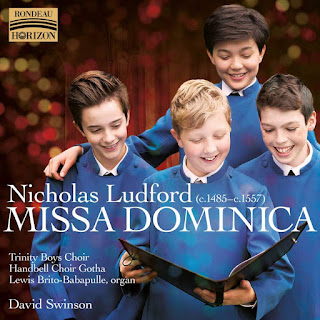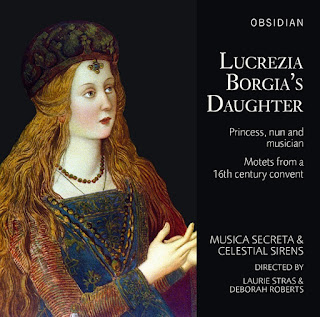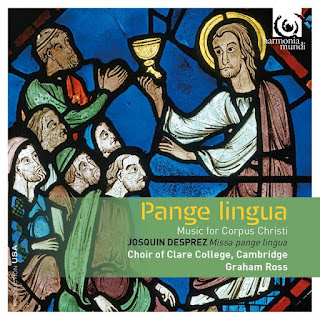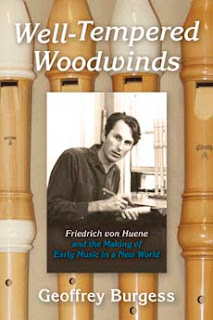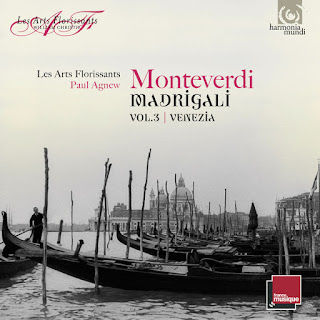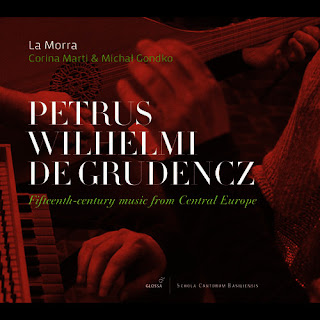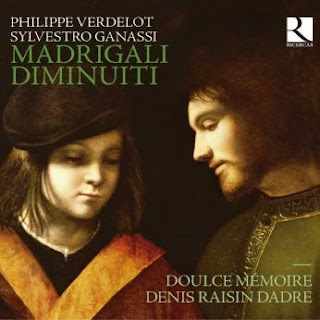Search This Blog
Early music and more by Edward Breen
Where possible, review entries are linked to their original publication.
Posts
Showing posts from 2017
Parle Qui Veut: Moralizing Songs of the Middle Ages
- Get link
- X
- Other Apps
Pange Lingua: Music for Corpus Christi
- Get link
- X
- Other Apps
The history of medieval English music on record
- Get link
- X
- Other Apps
Research portal: King's College London
- Get link
- X
- Other Apps
MUSICAL CONNECTIONS: Ten early madrigals
- Get link
- X
- Other Apps
Monteverdi Madrigali Volume 3: Venezia
- Get link
- X
- Other Apps


